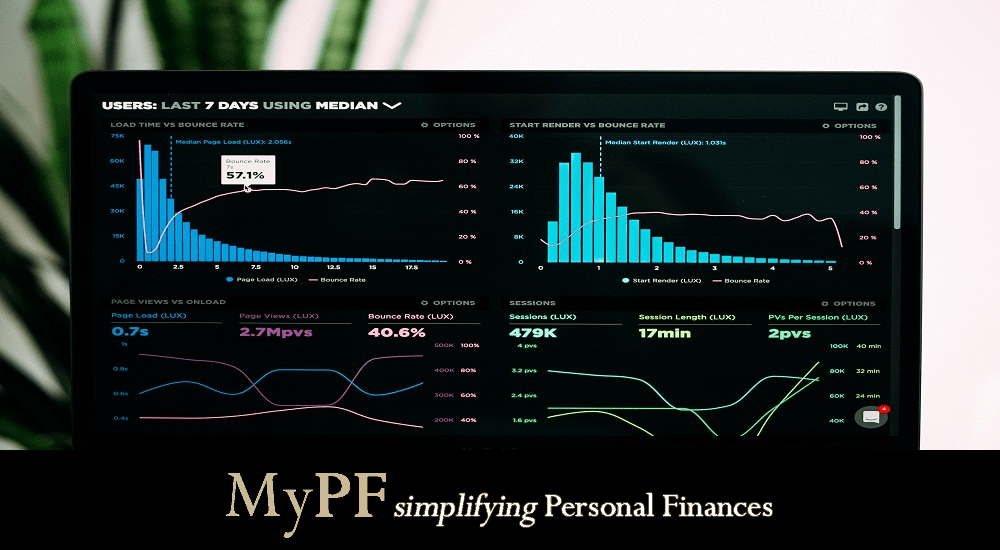Ever wonder how much does the government collect in taxes from companies and you? Or what other sources does the government get its revenue from?
Income tax season is approaching and many of you are probably busy collecting various receipts to offset your taxable income against these expenses.
Alongside your income tax, what other taxes are you paying and how much do they actually matter to the government? After all, these monies will be used by the government to invest in the economy, right?
There are actually many revenue sources that the government has, and they are not just income tax of companies and individuals. Find out more below which kind of tax and non-tax revenues are the largest sources for the government!
Contents
Our Data Source
This article utilises data on Federal Government Revenue obtained from Bank Negara Malaysia’s monthly statistical bulletin. Revenue is generally defined as the income a company or organisation gets from conducting its businesses.
The data can be found in Table 3.1.1 titled “Federal Government Revenue” and outlines the types of revenue that the government makes from the economy.
This can be separated into tax and non-tax revenue. Tax revenue consists mainly of:
- Companies Income Tax
- Petroleum Income Tax
- Individuals Income Tax
- Stamp/ Export/ Import/ Excise Duties
- Goods & Services Tax (GST)
- Sales and Services Tax (SST)
Non-tax revenue consists mainly of :
- Licenses and Permits
- Petroleum Royalty
- Interest and returns on Investment
Since 2020 only consist of the first 9 months of data, this article will be using a full year’s worth data from the year 2019 to rank which revenue sources are the largest.
Revenue #1: Companies’ Income Tax
The number one revenue source for the government comes from the taxes collected from companies’ and businesses’ profits.
In 2019, a total of RM64bn in tax was collected from companies, representing a share of 24% of total government revenue. This share has been declining throughout the years, with 2014 representing the peak share of 30% before the implementation of Goods & Services Tax (GST) in 2015.
According to the Inland Revenue Board of Malaysia, gains or profits from conducting business activities, trade, vocation, or profession are liable to be taxed.
About 24% of the profits made by companies and businesses are taxed currently, where 24% represents the lowest tax rate currently in the history of Malaysia.
However, with the Covid-19 recession in 2020, the amount of tax revenue being collected has declined significantly. Tax from companies for the first 9 months of 2020 are only at RM27bn, compared to RM46bn for the first 9 months of 2019.
Revenue #2: Government Investments
Contrary to popular belief, the government is a big investor in the country, where it also obtains dividends from Petronas, Bank Negara Malaysia, and other investment-related companies. Government investments comes in at number 2 for the highest revenue source for the government.
In 2019, the government collected a whopping RM60bn from its investments, making this source of revenue second only to companies’ income tax and consists 23% of total government revenue.
This represents the largest amount of returns that the government has obtained in recent memory. For context, government investments returns only averaged around RM31bn yearly from 2010 to 2018.
Revenue #3: Personal/Individual Income Tax
Personal income tax comes in at number 3, where you have been filing and paying your income tax all these years.
The government collected about RM39bn in personal income tax in 2019, representing 15% of its total revenue. Contrary to company income tax, personal income tax collection has been growing quite substantially, as it only consisted 11% of tax revenue in 2014.
The individual income tax rate differs by how much you are earning. The higher your salary is, the higher your tax rate will be. You can refer to the latest tax rates here.
Contrary to the sharp drop in companies income tax, personal income tax only declined slightly from RM30bn in the first 9 months of 2019 to RM28bn in the first 9 months of 2020. However, this is masked by the fact that income tax is deducted directly from your salary and you will probably receive some of your tax rebates back this year.
Revenue #4: Sales and Service Tax
With the elimination of Goods and Services Tax (GST) in 2018, the government replaced it with the Sales and Service Tax (SST) where it covered a smaller range of goods and services. However, that hasn’t stopped it from coming in at number 4 for the largest revenue source of the government.
In 2019, the government collected a total of RM28bn in SST, comprising 10% of total revenue. The SST was initially replaced by GST in 2015, where GST will go on to comprise 20% of total government revenue in 2017. Before 2015, SST was about 8% of the government’s total tax revenue.
Interestingly, SST actually makes up about 13% of tax revenue in the first 9 months of 2020, making it similar to GST in terms of contribution to tax revenue. It seems that SST did not experience a significant decline in its collection, only decreasing from RM20bn in the first 9 months of 2019 to RM19bn in the first 9 months of 2020.
Revenue #5: Petroleum Income Tax
Surprised by this? You shouldn’t be as Malaysia is one of only a handful of net exporters of oil and gas in the region of Southeast Asia. It is undeniable that petroleum income tax revenue has been a key contributor towards the development of Malaysia.
The government collected about RM21bn of petroleum income tax, representing 8% of total revenue in 2019. However, the amount that the government collects is dependent on the price of crude oil.
For example, from 2015 to 2017, oil prices were very low which affected the amount of profits that petroleum companies were making. Petroleum income tax only consisted about 4% to 5% of total tax revenue during this period.
It no surprise then with the collapse of oil prices in 2020, that petroleum income tax revenue only consisted of 3% of total revenue in the first 9 months of 2020.
For your information, a rate of 38% is charged on income from petroleum operations in Malaysia.
Revenue #6: Stamp/ Export/ Import/ Excise Duties
All forms of duties such as stamp, export, import and excise make up the fifth highest revenue source for the government.
In 2019, these duties make up about 8% of total government revenue, generating about RM21bn. Duties used to make up a bigger portion of government revenue, consisting of 11% of tax revenue in 2014, and are defined as :
- Stamp duty: Levy on legal, commercial and financial written documents which are mainly for property-related transactions.
- Export duty: Levy on goods and services being exported to other countries
- Import duty: Levy on goods and services being imported into Malaysia
- Excise duty: Tax imposed on certain goods imported or manufactured in Malaysia such as liquor, tobacco, motor vehicles, playing cards, and mahjong tiles.
However, with the decreasing consumption of cigarettes and the prevalence of contrabands, the amount of excise duties have been on a decline. The gradual downturn of the property market after 2016 also meant that the amount of stamp duties have declined slightly.
Revenue #7: Licenses and Permits
Not to be outdone, the government also makes around RM9bn in 2019 from the issuance of licenses and permits to the general public. This revenue represents around 4% of total revenue for the government.
The government imposes charges on these issuances to individuals and companies. Think of the road tax that you need to renew, or the business permit and license that you need to pay for. Foreign workers’ levy are also included in the licenses and permits category.
Together, these permit and license fees add up and contribute a sizeable amount to government revenue.
Conclusion
It is income tax season hence you should get to know exactly how much is your income tax is contributing to the government’s revenue. At this juncture, your income tax is the second largest source of revenue for the government, where companies income tax is the largest tax revenue source. This is followed by Sales and Services Tax, petroleum income tax and tax duties. Notably also, non-tax revenue such as government investments and licenses and permits contribute a significant part to government revenue also.
Let us know in the comments below on what you think about our Government’s revenue sources!












Leave A Comment